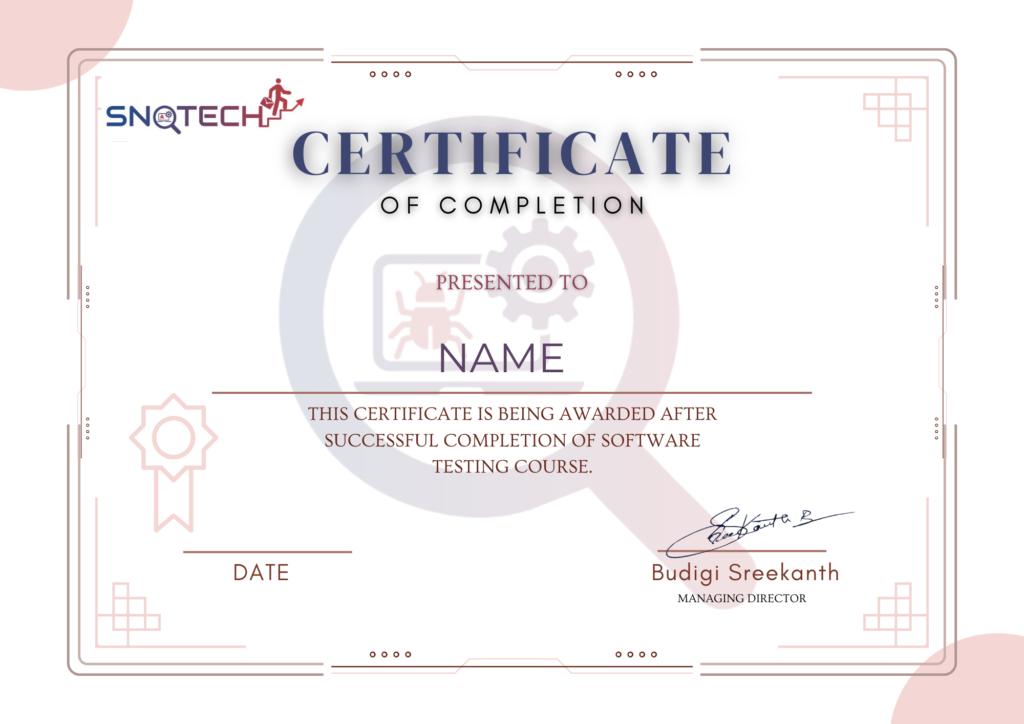Discover Your Future in API Testing with SNQTECH
Are you passionate about technology and driven to ensure the quality of software systems? Look no further! Our comprehensive API Testing Program is designed to equip you with the skills and expertise needed to excel in the rapidly growing IT industry. Join us for an immersive learning experience that will prepare you for a successful career in API testing.
- Experienced Mentors
- Dedicated to Success
- Certificate of completion
- Accessible & Supportive




